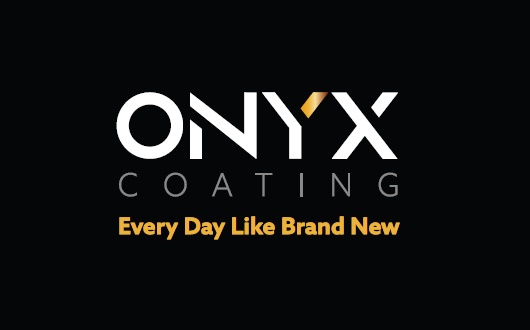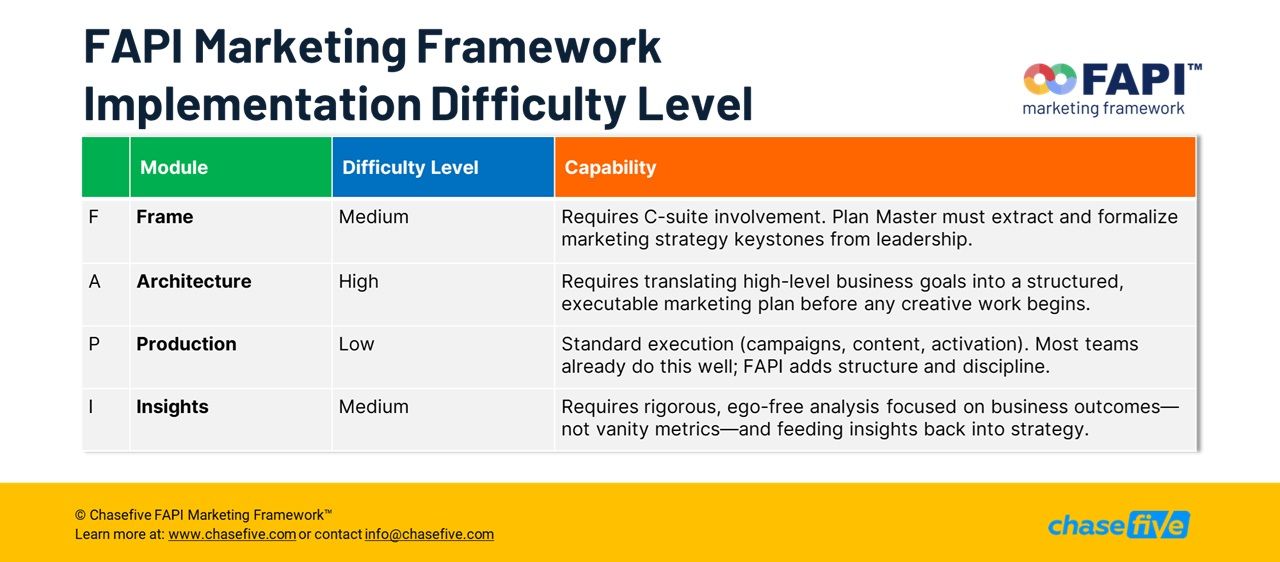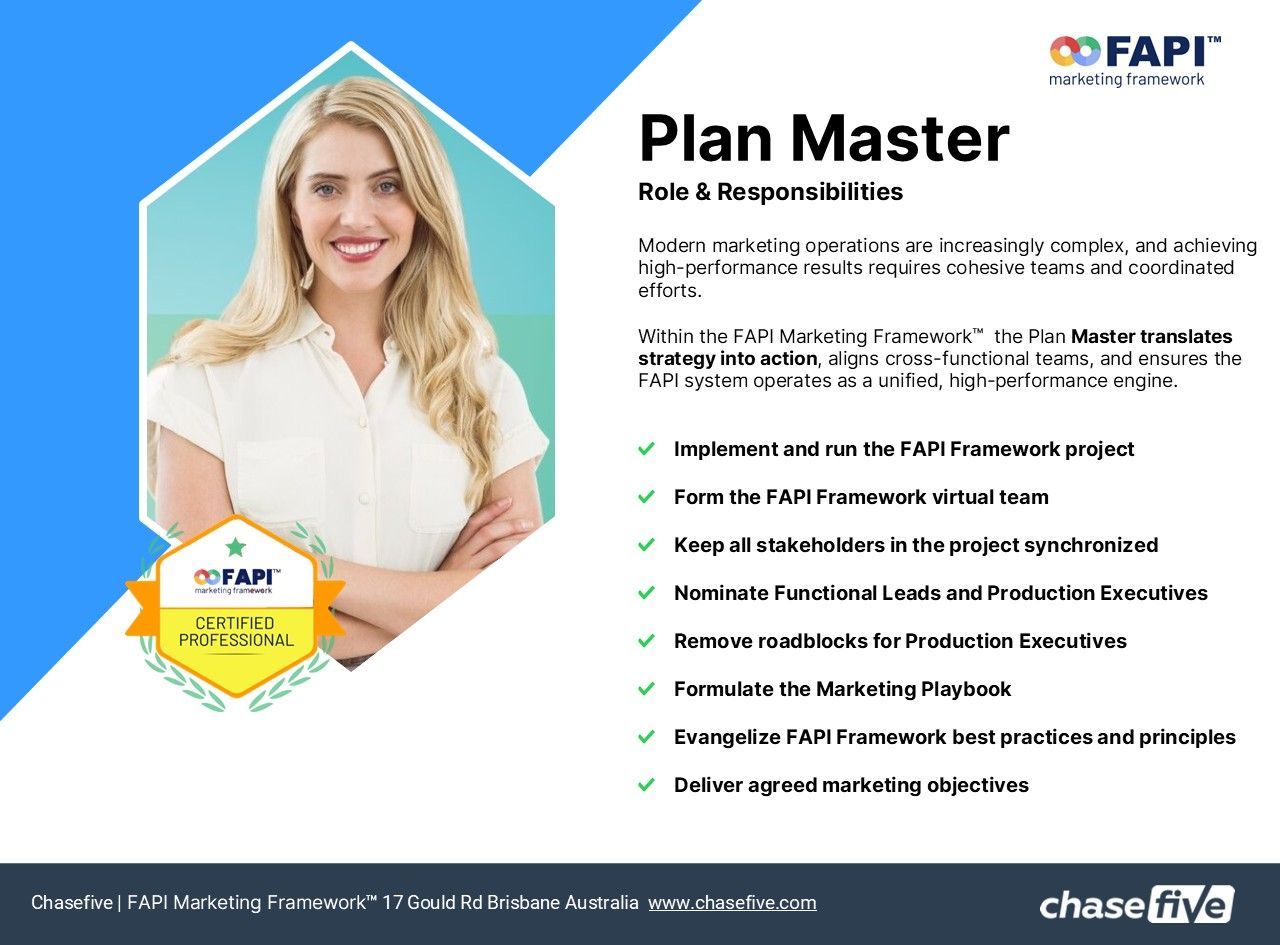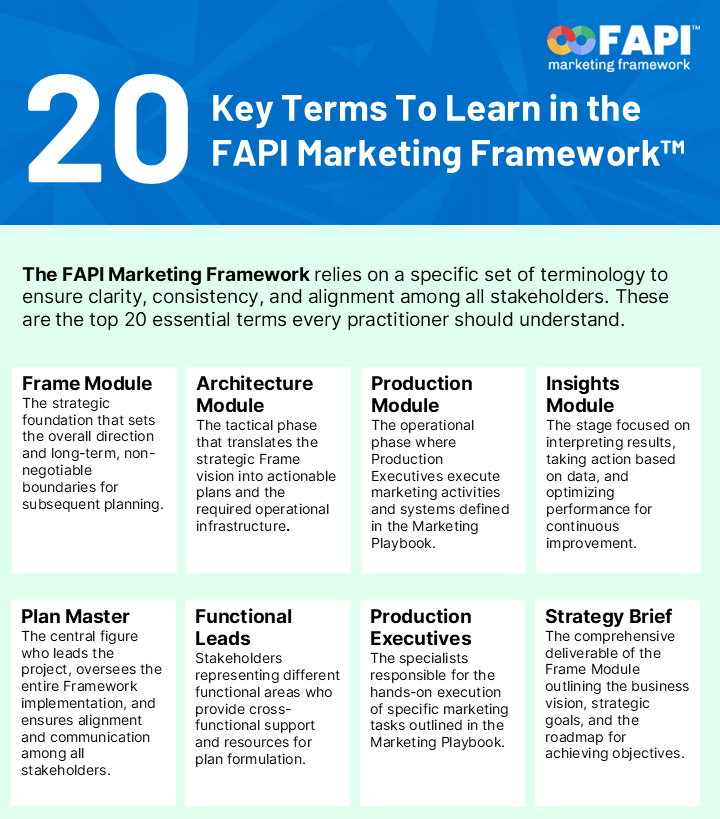The FAPI Marketing Framework: A Systematic Blueprint for Marketing Excellence
In an increasingly complex and dynamic business landscape, achieving marketing success demands more than just creative campaigns; it requires structured planning, precise execution, and continuous adaptation.
The FAPI Marketing Framework offers a comprehensive
marketing management methodology designed to guide business leaders and marketing professionals in planning, organizing, and developing high-performing marketing functions. The framework addresses common challenges in marketing, such as the lack of confidence from CEOs, difficulties in demonstrating marketing ROI, and organizational silos.
At its core, the FAPI Marketing Framework is built upon three fundamental principles:
Coherence, Collaboration, and Adaptability.
- Coherence ensures a comprehensive, end-to-end structure for the entire marketing process, from planning to execution and analysis, without leaving gaps.
- Collaboration emphasizes interdepartmental cooperation, ensuring all stakeholders contribute based on their functional areas and gain a holistic view of the marketing process.
- Adaptability provides a flexible approach that can respond to changes in circumstances, new information, or unexpected events through continuous monitoring and adjustment.
These principles create a robust foundation for effective and sustainable marketing strategies.
The FAPI Marketing Framework is composed of four sequential, unchangeable Modules: Frame, Architecture, Production, and Insights. Each module builds upon the work of the previous stage, ensuring clarity, consistency, and alignment throughout the entire marketing process.
1. The Frame Module: Setting the Strategic Direction
The Frame Module serves as the strategic foundation of the FAPI Marketing Framework. It is here that the overall direction and vision for marketing efforts are defined, setting the boundaries for all subsequent steps. Marketing strategy, critically, is determined at the highest business levels—the C-suite and board of directors—not within the marketing department. The Plan Master is responsible for encoding this strategic information into the FAPI Framework.
2. The Architecture Module: Designing the Tactical Plan
The Architecture Module is the tactical execution phase, translating the strategic vision from the Frame Module into actionable plans. This involves building the marketing infrastructure, including organization, processes, tools, and technologies. The Plan Master designs the operational plan, decoding the strategic information into executable actions.
3. The Production Module: Operational Execution
The Production Module is where the Marketing Playbook is brought to life through the execution of activities and systems established in the Architecture Module. This module is analogous to dragon boat racing, highlighting the importance of teamwork, defined roles, and coordinated effort. The Plan Master acts as the "drummer," guiding the team, while Production Executives are the "rowers," responsible for hands-on execution.
4. The Insights Module: Driving Continuous Improvement
The Insights Module is the final stage of the FAPI Framework, focusing on interpreting results to take action based on data and optimize tactical performance. Its core purpose is to ensure that data and analysis lead to informed decisions that optimize future marketing efforts, making the process continuous and iterative.
Success in the FAPI Marketing Framework is underpinned by four foundational pillars: Direction, Efficiency, Resources, and Measurement. These pillars ensure marketing activities are aligned with broader business goals, effectively executed, and constantly optimized based on performance insights.
Bridging the Gap in Marketing
The FAPI Marketing Framework directly addresses the lack of confidence CEOs often have in their marketing departments and the difficulty in demonstrating a clear return on marketing investment (MROI). By establishing a structured, coherent, collaborative, and adaptive approach, the framework aims to formalize marketing planning, enhance execution, and drive measurable results. It helps bridge the gap between strategic vision and tactical execution, fostering a disciplined and systematic approach to marketing excellence.
Ultimately, the FAPI Marketing Framework provides a robust organizational approach to ensure that marketing functions excel in four critical domains: Strategic, Tactical, Operational, and Decisional, leading to sustained growth and competitive advantage







